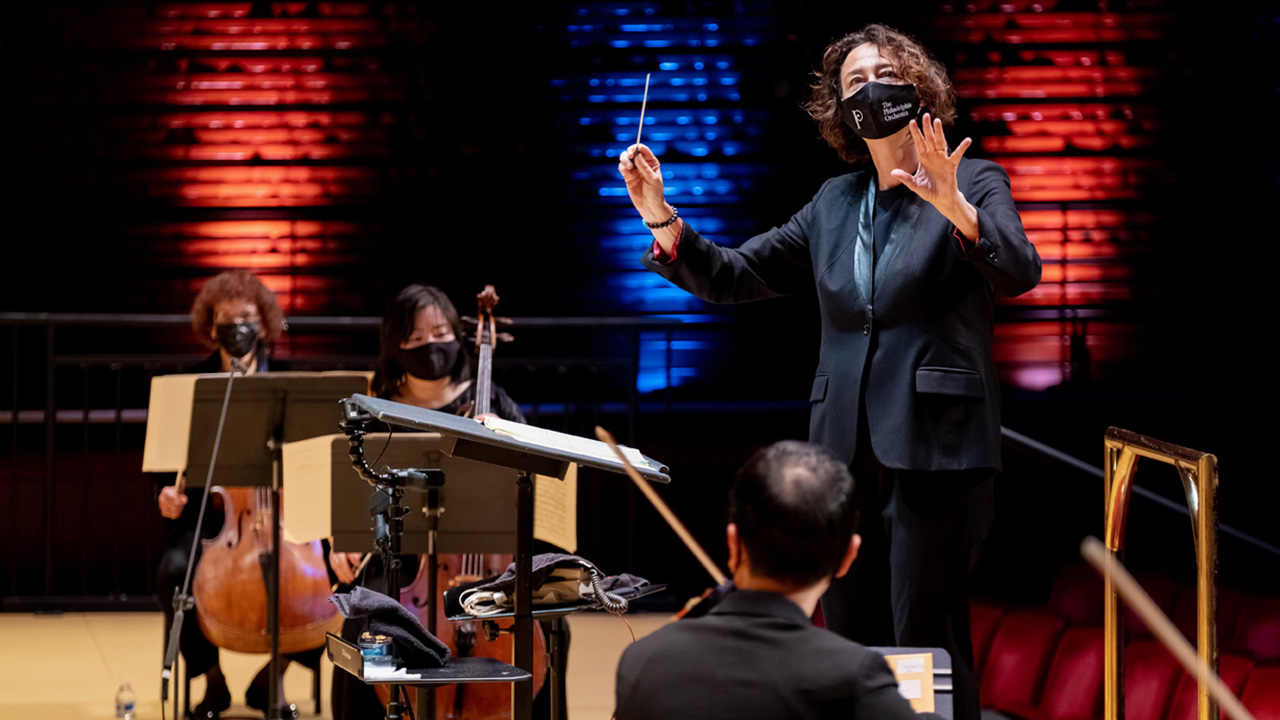In 2020, in line with the industry-wide digital transformation necessitated by pandemic-related lockdowns, the Philadelphia Orchestra went virtual. With the pivot, the orchestra created and amassed about 250 videos, and hundreds of terabytes of b-roll and interview footage in a single year alone, according to its Digital Asset Manager, Roberta Gorin-Paracka. To deal with that new amount of assets, in addition to its existing digital media, the organization commenced the roll-out of a digital asset management (DAM) system.
“When lockdown began, we had to very quickly pivot to become a digital media company and have really centered digital media as our main product,” Gorin-Paracka said at June’s censhare ecosphere days digital 2021 conference. “We have this amazing legacy of recording and when we were no longer able to convene the orchestra in person, we were fortunate enough to be able to turn to that history, and really provide or continue to provide that orchestral presence and experience to our audience through our digital initiatives.”
As recognized at the session, performing arts venues, unlike museums, aren’t regular DAM users. But the Philadelphia Orchestra has found the system helpful in breaking down institutional silos, while supporting its archival efforts (particularly its sizable audio catalog, which is currently undergoing a five-year digitization project). Here’s how.
Smashing the silo

In 2020, the Philadelphia Orchestra launched the Digital Stage platform, which presented streamed performances and behind-the-scenes interviews — digital assets that have joined the orchestra’s already-massive DAM. Image: @philorch on Instagram
Prior to adopting a DAM system, the Philadelphia Orchestra’s approach to asset management was siloed. “We definitely had an incredible amount of silos — just assets everywhere in Dropboxes, WeTransfers, hard drives tucked into a storage closet…” said Gorin-Parcka. “That was really something that drove the decision-making process toward finding a system that would serve as both an archival repository for our assets, as well as the content hub for everything that we’re using currently.”
Since initiating the first phase of its DAM implementation (only power users are currently accessing the system), Gorin-Parcka has found that single source of truth greatly facilitated asset requests, whether for marketing, licensing, or social media purposes. “Just knowing where everything is,” she noted, boosted workflows and staff morale.
In the following phases of its DAM roll-out, the Philadelphia Orchestra intends to expand institutional buy-in and tackle smaller issues such as metadata standardization as it scales its system to meet organization-wide needs.
Navigating a 100-year archive

The orchestra’s century-spanning audio archive necessitates a robust DAM that allows for search by event and date. Image: Philadelphia Orchestra
The Philadelphia Orchestra made its first recording in 1917 and in the century since, the institution has accumulated a massive store of video and audio content, a cornerstone of its offerings. And like any other performing arts group, the great majority of this archival material is tied to particular event or concert dates.
Reflecting this specific need, the orchestra’s DAM allows users to search for an event by date and call up all associated records, including information on the concert’s conductor, composer, or any guest artists, available recordings, and commercial releases.
In the long run, such central access enables the Philadelphia Orchestra to better leverage its assets for the best return-on-investment — a forward-looking approach that, as Gorin-Parcka reflected, should be key for institutions as they consider their own DAM implementations.
“It’s important to evaluate what your needs are going to be today but also in the future,” she said. “It’s easy to adopt a quick solution but at the end of the day, your assets are telling your story and you want to make sure that you’re providing the best infrastructure for those assets.”



